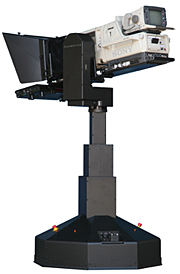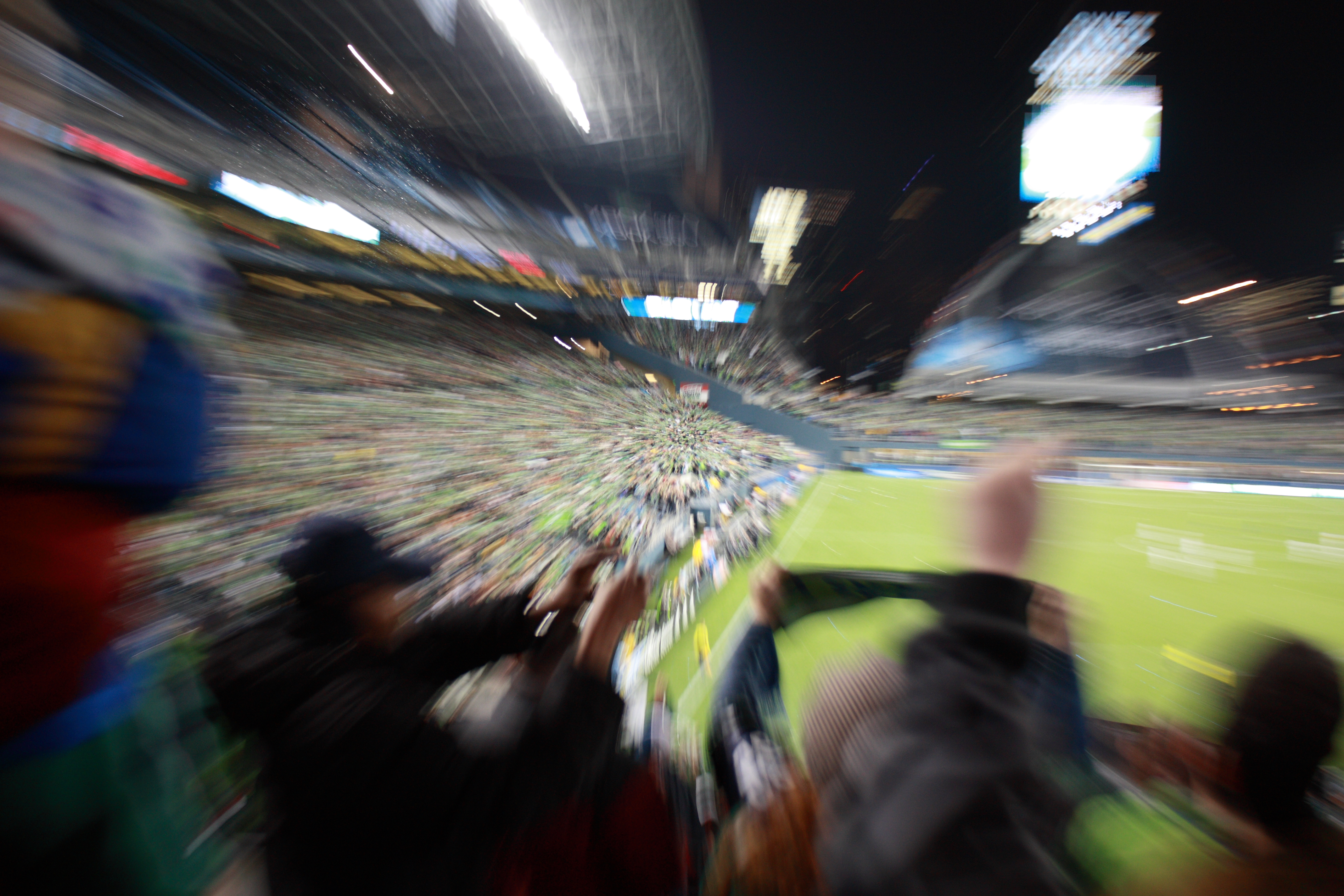http://www.youtube.com/watch?v=uq9bK9YeTsI
In this extract of Spooks close up’s and extreme close up’s are used
quite frequently. For example there is a close up of the male spy sat at the
table, also a close up of the female spy talking to the Iraqi. These close ups
are used to show the emotions on the characters faces, the spy’s do not look
scared or frightened but look quite calm and prepared for what may happen to
them. On the other hand an extreme close up is used of the other man holding
them captive, this is showing the character as very angry with the two spy’s.
This is telling the audience that the two spy’s have annoyed the Iraqi man
because they have tortured his people and ruined his country. Another extreme
close up is used when the photograph gets put down infront of the spy’s, this is
an extreme close up so that the audience can see the man in the photograph and
clearly see he has been hurt. This emphasizes that a lot of people are hurt
during the process of what the spy’s are trying to do.
Long shots have been used in this extract, for example at the beginning
of the clip there is a high angle, extreme long shot. This shot is used so that
the audience can see the setting and realise that the two spy’s have been
captured and that there is no one there to save them. Medium shots are also used,
for example when the man is walking whilst talking to the spy’s. This medium
shot is used so that the audience can see the character close enough to
establish what type of man he is by his body language; he is angry at the spy’s
for ruining his country.
Over the shoulder shots are used, when the female spy is talking to the
Iraqi man you can see the male spy.This is used so that you can see the
reaction on his face as you can hear what the woman is saying. A shaky cam is
used during parts of this extract, for example when the Iraqi man is walking
around, and also when the camera moves from the camera in this scene to the man
standing behind it. Shaky cam is used slowly to create a tense atmosphere for
the audience but also to create a sense that somebody is watching them.
A Pull focus is used twice in this extract, for example when the female
spy is sat in the chair and talking to the camera. The shot starts by focuses
on the woman, and then pulls to focus on the camera previewer. Pull focuses are
used in this extract to allow the audience to see what the viewers of the
camera tape will see. It gets across to the audience the tensity of what she is
saying into the camera.
The editing in this extract involves slow cuts from clip to clip. At the
start of the extract slow cuts are used, this is allowing the audience to feel
the tensity but to not feel scared that something violent will happen. This is
giving the view that the ethnic group of Iraqi’s are not about violence but
care for their country. Towards the end of the extract faster cuts are starting
to be used, this is because the characters are starting to get worried at what
might happen to them as they have seen the photograph of their fellow spy. The
faster cuts gets the audience feeling more scared along with the characters.
Cut away’s are used also, for example a cut away is used when the camera
goes to the man with the mask holding the gun. This cut away is reinforcing to
the audience that their is danger and violence involved in this captive of the
spy’s. There is another cut away of when the male spy has a knife held up to
his throat, this again is reinforcing violence and creates a sense of worry for
the audience of the characters well being. When the photograph is put down on
the table a flash effect is used. A white flash occurs and then the photograph
is more zoomed in. This flash effect symbolises the sudden rush of worry that
the characters feel as they realise that they could be in more danger than they
first thought. The audience feel this as they see the flash and focus on the
photograph. Also eyeline matches are used, for example when the female spy is
taken away to the other part of the room, you see the male spy looking at where
she has gone. Then the camera focuses on her sitting down on the chair. This
eyeline match emphasises to the audience that the spy is worried at what will
happen to his collegue and wants to watch her every move.
Throughout this extract of spooks, there is a dialogue between the
characters. This dialogue helps the audience to understand what is going on in
the scenes. The score in this extract is very mysterious, it is very deep and
slow. The mysterious score helps to emphasise the fact that non of the
characters know what is going to happen to them and what the Iraqi man’s
intentions are. The score helps the audience feel the emotions of the
characters. The score levels change and get louder as the pace of the action
starts to get faster. For example when the man is getting angry and starts to
raise his voice at the male spy the score gets louder. The changing of
different levels of score allows the audience to realise that something bad
might happen, it creates more tensity for the audience as they watch.
Amplified sounds are used, for example when the photograph is being put
down on the table the man slams it down. This is amplified to make it seem more
important that the spy’s know the man There is also ambient sounds used, for
example at the end of the clip when you hear the door handle go on the door,
this is letting the audience know that the characters are now alone, it creates
a tension.
Throughout this
extract of spooks there has been use of camerawork, editing and sound and music
that have all help represent the ethnicity in this Tv Drama. The ethnicity of
the Iraqi men have come across that they are violent, intimidating and
dangerous. This is all through the fast pace camerawork, the mysterious sound
and the effects used. They have all contributed to allowing the audience to
make an assumption of what these ethnic characters are like.












